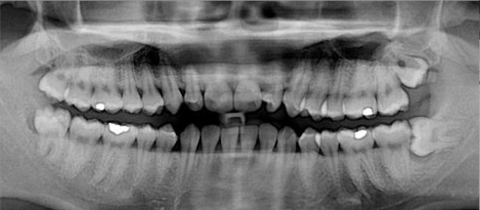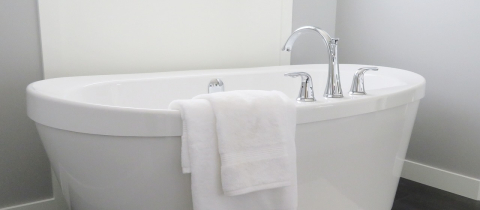Varicose veins, also known as varicosities, are swollen, twisted veins that lie just beneath the surface of the skin. They’re usually found in the legs but can also form in other parts of the body. Varicose veins appear as blue or purple squiggles. They’re nature’s roadmap, reminding us that life’s journey sometimes takes a more twisted path than expected.
To understand how varicose veins form, let’s take a quick journey through the circulatory system. Our legs have both deep and superficial veins. The deep veins shuttle oxygen-poor blood back to the heart, with our leg muscles playing the role of tour guides, pushing the blood upwards like a pump. Meanwhile, the superficial veins cruise along just beneath the skin, transporting blood from the skin, fat tissue, and muscles to the deep veins. There are one-way valves in the veins preventing the blood from flowing backward. Returning blood from your toes to your heart is a team effort!
Varicose veins form when there is a traffic jam in the superficial veins due to weak valves. When the valves do not function properly, blood starts to build up in these veins and can even flow backward. The accumulation of blood puts pressure on the walls of the vein and with continual pressure over time, the veins grow larger, become distorted, and bulge, resulting in varicose veins.
A number of factors such as standing or sitting for long periods of time, obesity, pregnancy, leg injury, lack of exercise, being female, and older age can contribute to the formation of varicose veins. Of course, family history plays a role as well, turning varicose veins into a souvenir of your genetic journey through life!
A popular myth is that varicose veins are caused by sitting with crossed legs. Although this is not true, sitting with crossed legs can worsen existing varicose veins. Another myth is that exercise causes varicose veins to form. In fact, regular exercise is recommended to prevent their formation. Physical activity promotes better circulation by activating your calf muscles, helping blood move through your veins to your heart. This prevents blood from pooling in the veins of your legs.
Varicose veins are relatively common, especially in women; however, men are also susceptible to the condition. It is estimated that approximately 20% of adults will develop varicose veins at some stage in their lives, most commonly between the ages of 40 and 80. However, even teenagers have been known to develop varicose veins.
In many cases, varicose veins are asymptomatic and merely cosmetic, but they can also cause symptoms such as a feeling of heaviness in the legs, swelling, itchiness, and pain. Sometimes, if varicose veins are severe and left untreated, they may cause ulcers, bleeding, and skin discoloration.
There are both surgical and non-surgical options for the treatment of varicose veins. The most common surgical procedures are vein stripping and phlebectomy, both of which require incisions to remove the affected vein. It is also possible to seal off varicose veins using heat through thermal ablation. Another treatment option is sclerotherapy, which involves injecting the affected vein with a liquid drug that transforms into connective tissue, sealing off the vein. Compression stockings are often recommended for the treatment and prevention of varicose veins, but there is not enough evidence on whether or how well they work. Additionally, there are several creams, lotions, tablets, and dietary supplements, often containing horse chestnut or red vine leaf extracts, that are advertised for the treatment of varicose veins, but there is no proof of their effectiveness.
It seems like the circulatory system loves a good plot twist. It just goes to show, even our blood vessels like to take the scenic route!
Hosna Akhgary is a BSc candidate at McGill University, majoring in Pharmacology.
Part of the OSS mandate is to foster science communication and critical thinking in our students and the public. We hope you enjoy these pieces from our Student Contributors and welcome any feedback you may have!







